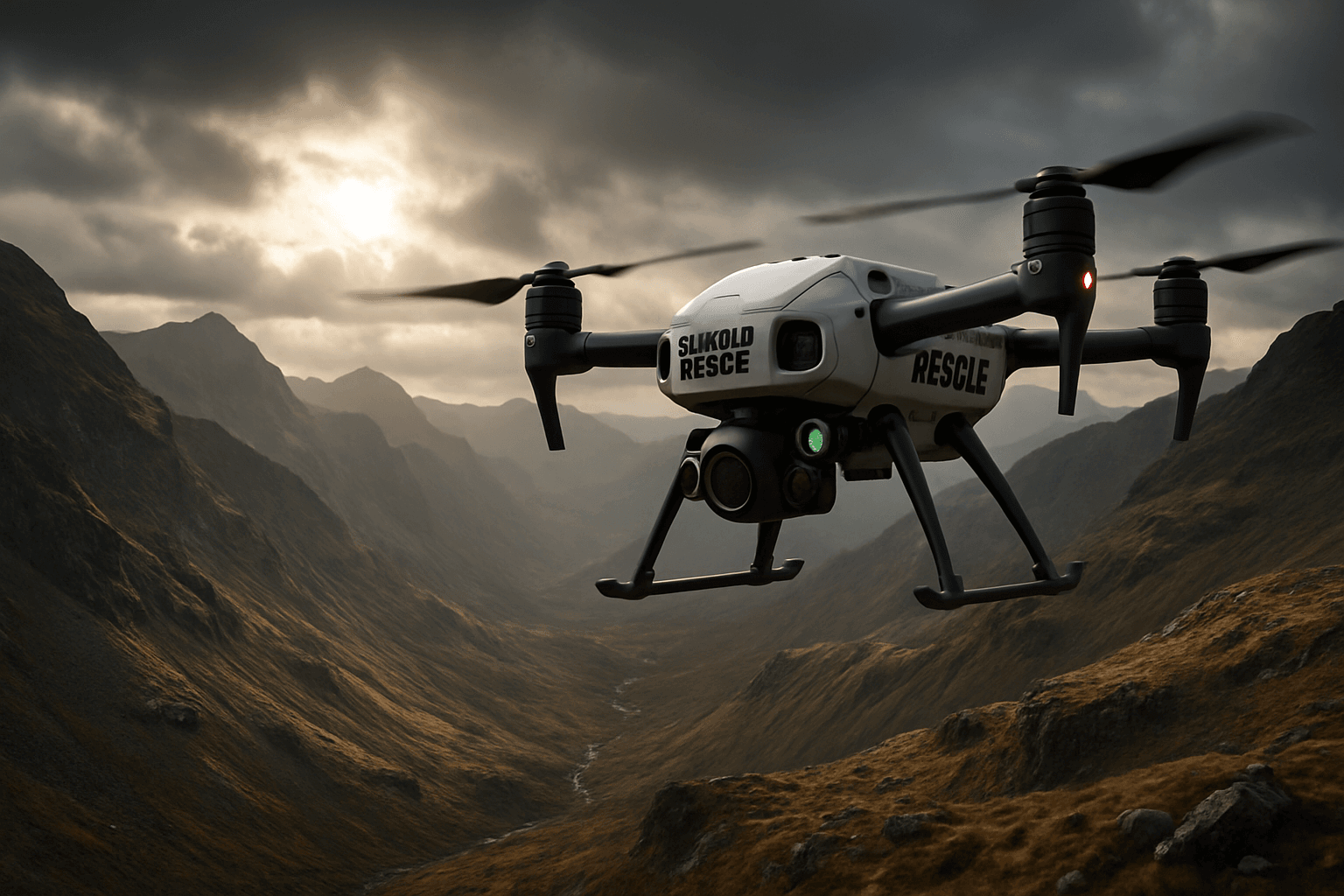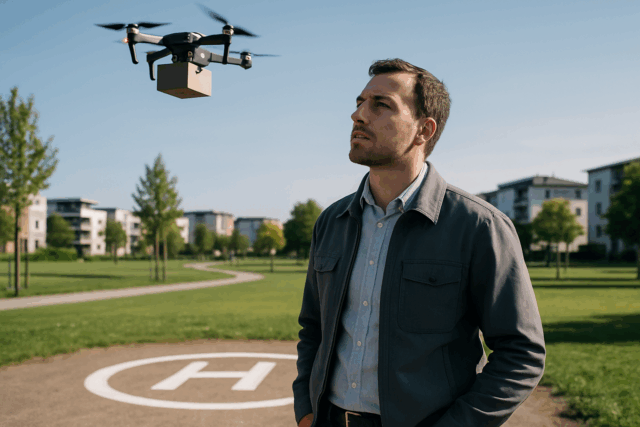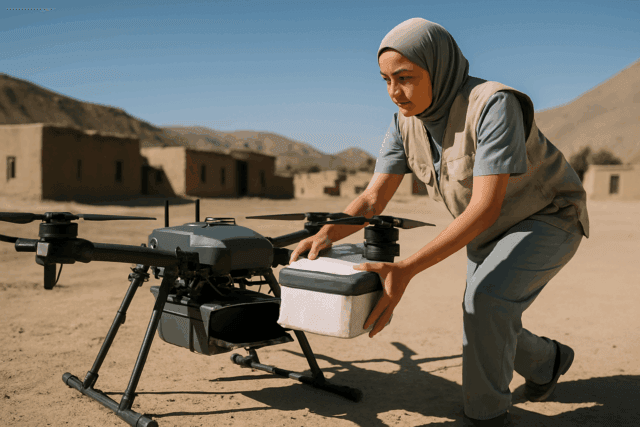Drones are rapidly transforming various industries, and search and rescue (SAR) operations are no exception. These unmanned aerial vehicles (UAVs) are proving to be invaluable tools for locating missing persons, assessing disaster situations, and delivering critical aid, often in conditions too dangerous or inaccessible for traditional methods. From thermal imaging to real-time data transmission, drones are enhancing the efficiency and safety of rescue missions, saving lives and resources.
Why Drones are Game-Changers in Search and Rescue
Enhanced Situational Awareness
Drones provide a bird’s-eye view of large areas, allowing rescue teams to quickly assess the situation and identify potential hazards. This aerial perspective is invaluable for:
- Monitoring disaster scenes: Drones can track the movement of individuals and gather critical information without putting personnel on the ground.
- Mapping disaster zones: They can quickly map affected areas, providing valuable data for organizing rescue operations.
- Assessing damage: Drones can remotely evaluate damage to buildings and infrastructure, helping prioritize areas for first responders.
Speed and Accessibility
Drones can reach locations much faster than ground-based vehicles, flying over traffic and other obstructions. Their ability to access remote and hazardous areas makes them indispensable in situations where time is critical.
- Rapid Deployment: Drones can be deployed quickly, giving search teams a valuable head start.
- Access to Inaccessible Areas: Drones can navigate rugged terrain, collapsed buildings, and other dangerous environments.
Advanced Technology
Equipped with a variety of sensors and cameras, drones can detect and identify people and objects even in challenging conditions.
- Thermal Imaging: Thermal cameras detect heat signatures, making it easier to find individuals in low-visibility conditions like darkness, fog, or dense vegetation.
- High-Resolution Cameras: These cameras capture detailed images and videos, providing valuable information to rescue teams on the ground.
- Real-Time Data Transmission: Drones can transmit live video feeds and other data to rescue teams, enabling them to make informed decisions and adapt their strategies in real time.
Safety for Rescue Teams
Drones reduce the risks faced by search and rescue teams by providing preliminary information about the situation before deploying ground personnel.
- Reducing Exposure to Hazards: Drones can assess dangerous environments, such as extremely cold, hot, or hazardous areas, without putting rescuers at risk.
- Preliminary Information: Drones provide real-time visual data, reducing the time and the number of searchers required to locate and rescue an individual.
How Drones are Used in Search and Rescue
Aerial Reconnaissance
Drones offer real-time aerial views to locate missing persons and assess the situation in disaster areas, using both visual and thermal data.
Thermal Imaging for Search Operations
Thermal cameras detect heat signatures from people, even in low-visibility conditions like smoke, fog, or darkness.
Delivery of Emergency Supplies
Drones can transport medical supplies, food, and other essentials to individuals stranded in remote or hazardous areas.
Communication
Drones equipped with loudspeakers can broadcast messages repeatedly, making the missing person aware that a search is underway.
Urban Search and Rescue
In urban environments, drones navigate through buildings and rubble to search for trapped victims, assess structural integrity, and provide real-time data to responders on the ground.
Real-Life Examples of Drone Use in Search and Rescue
United Kingdom
- Maritime and Coastguard Agency (MCA): The MCA uses drones to search for missing persons along coastlines and in remote areas. Drones equipped with thermal sensors and beyond visual line of sight (BVLOS) capabilities have significantly enhanced emergency response capabilities. They have saved 86 lives with drone-enhanced missions and improved operational efficiency, reducing reliance on costly alternatives.
- Lincolnshire Police Force: Since 2017, the Lincolnshire Police Force has used drones to find missing and vulnerable people. In one case, a drone pilot used thermal imaging to locate a 75-year-old woman with dementia who was struggling across a field.
- Derby Mountain Rescue: In April, Derby Mountain Rescue used an infrared camera drone to locate a cocker spaniel that had fallen off a path in the Peak District. A team member was then guided to rescue the dog.
- Shropshire Fire and Rescue Service and the London Fire Brigade: These services use drones to enhance firefighting and emergency response, providing real-time aerial views for hotspot detection, hazard identification, and search and rescue.
International
- Haiti Earthquake (2010): Drones were first deployed to help in SAR efforts in Haiti following a devastating earthquake.
- Mountainous Regions: Search and rescue drones have been used to find lost hikers in remote mountainous regions, significantly reducing search time.
- Firefighting: Drones are used to quickly locate and assess fire hotspots, providing real-time data to rescue teams and improving response times during firefighting operations.
The Future of Drones in Search and Rescue
As drone technology continues to advance, its role in search and rescue operations will only expand. Future developments may include:
- Improved Sensor Technology: More advanced thermal cameras, LiDAR (Light Detection and Ranging) systems, and other sensors will enhance the ability of drones to detect and identify objects and people in various conditions.
- Increased Autonomy: Autonomous drones that can navigate and search without human intervention will become more prevalent, allowing for faster and more efficient searches.
- AI-Powered Analytics: Artificial intelligence (AI) will be used to analyze data collected by drones, helping to identify patterns and predict the location of missing persons.
- Drone Swarms: Multiple drones working together as a swarm will be used to cover larger areas and provide more comprehensive data.
Challenges and Considerations
While drones offer numerous benefits for search and rescue, there are also challenges and considerations that need to be addressed:
- Regulations: Clear and consistent regulations are needed to govern the use of drones in search and rescue operations, ensuring safety and privacy.
- Training: Search and rescue teams need to be properly trained to operate drones and interpret the data they collect.
- Weather Limitations: Drones can be affected by adverse weather conditions such as strong winds, rain, and extreme temperatures.
- Battery Life: The limited battery life of drones can restrict their range and endurance.
- Public Perception: Addressing concerns about privacy and safety is important to ensure public support for the use of drones in search and rescue.
Conclusion
Drones are revolutionizing search and rescue operations by providing enhanced situational awareness, speed, accessibility, and advanced technology. Their ability to operate in dangerous and inaccessible environments makes them invaluable tools for locating missing persons, assessing disaster situations, and delivering critical aid. As technology advances and regulations evolve, drones will continue to play an increasingly important role in saving lives and protecting communities.





